Kiwis aren’t fruit here, they’re animals. It snows in summer and there are more sheep than people. Although New Zealand could hardly be further away geographically, Switzerland and Aotearoa have more in common than you think. Especially the South Island with its snow-covered mountains is reminiscent of the alpine country. Again and again one is seized by a warm feeling of home. However, this is quickly distorted in road traffic, when suddenly everyone honks their horns, because as a tourist one does not have the left-hand traffic under control.
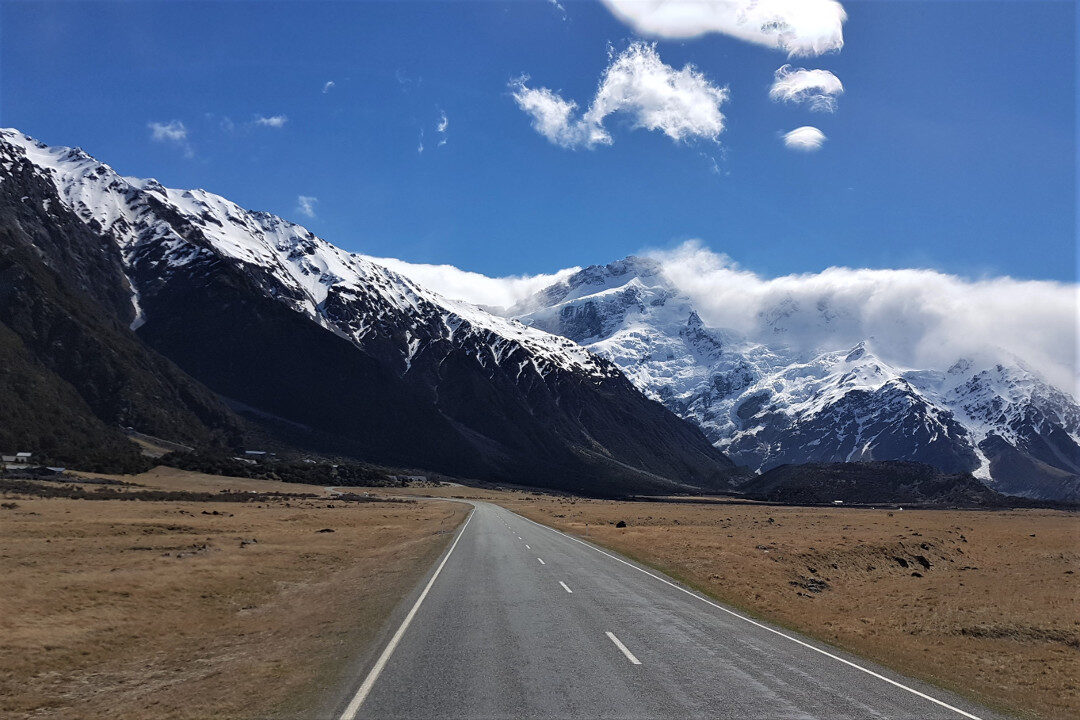
Is the fight already lost?
While the north with its lush green hills and many sheep reminds of Ireland, the homesick Swiss get their money’s worth on the South Island. There are mountains as far as the eye can see. Above all, the vastness of the landscapes has appealed to many.
But the appearance of an idyll is deceptive: New Zealand’s unique animal and plant world is under severe threat. Not only imported animals, but also diseases and mushrooms are affecting the country’s flora and fauna. Also the New Zealand heraldic animal, the kiwi, is not spared: the nocturnal and flightless bird is a found food for dogs, cats and weasels. Due to New Zealand’s isolated location, land mammals – e.g. goats, hares or opposums – reproduce very quickly because they have no natural enemies. To control their spread, they are killed by hunters and in the woods they stand above animal traps. However, many New Zealanders are less confident. For them it is only “a matter of time” before the fight against the alien animals and plants is lost. Until then, whole forests are poisoned with sodium fluoroacetate (1080) from the air to get the non-native mammals under control.
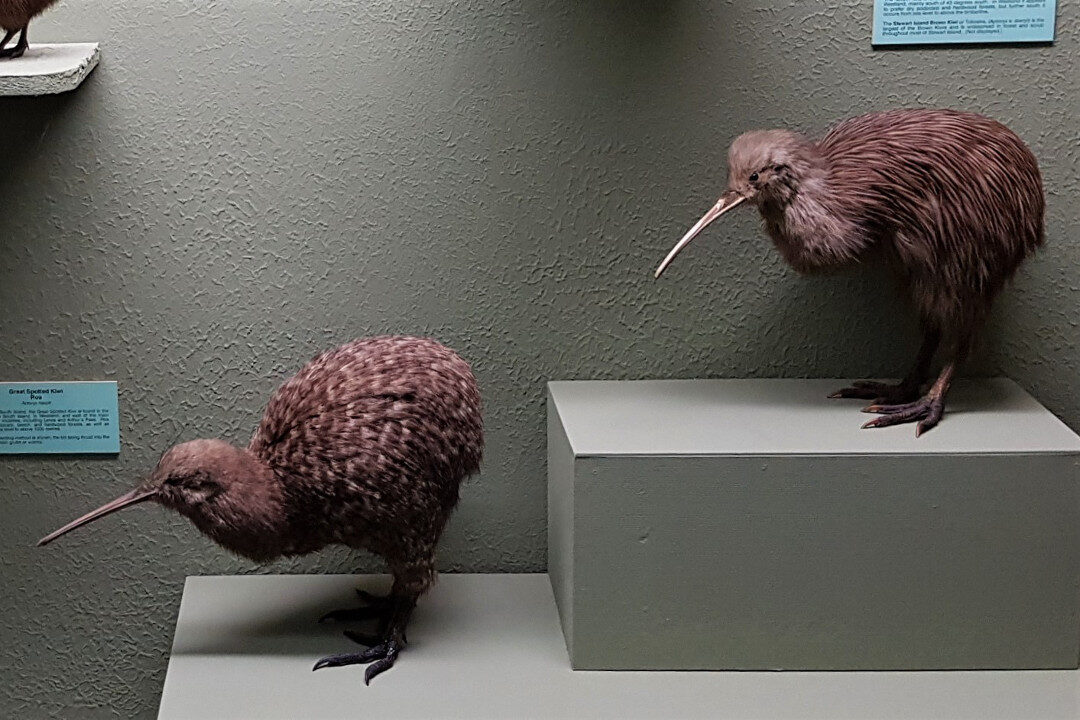
Low milk price also a problem here
Not only in Europe, but also in New Zealand the market demands more and more and cheaper milk. In New Zealand the average size of a cow herd has tripled in the last 30 years. As a result of this strong growth in mass livestock farming, more than half of all lakes and rivers are no longer suitable for bathing due to the high nitrogen load. It is also easy to see from the car that the animals are much closer to each other on the meadow compared to Swiss herds of cows. And because the fresh grass is not enough, everyone gathers around the container of concentrated feed, which has a negative effect on milk quality (click here for article).
New hope thanks to tourism
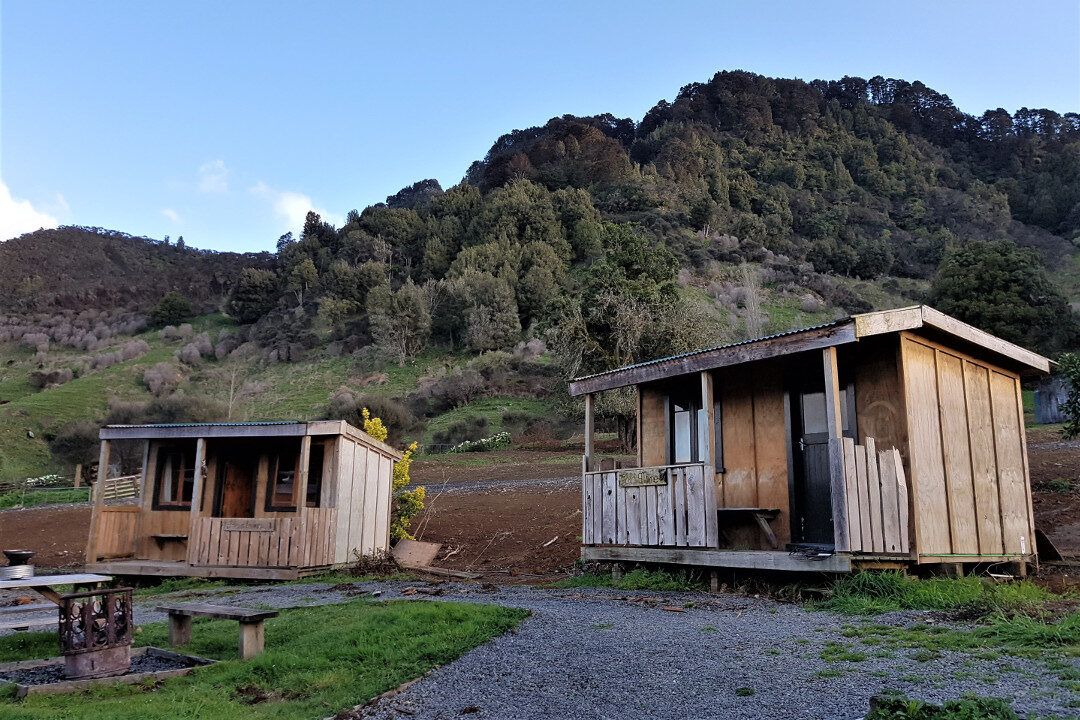
In the long term, the current economic situation will harm both animals and humans. For this reason, some farmers have realigned themselves. Tourism is booming in New Zealand. Not only backpackers, but also school leavers with a one-year “working holiday visa” are literally overwhelming the country. For some farmers this is reason enough for a rethink. In the remote hills of Whakahoro, almost three hours by car from the nearest hospital, Dan Steele has built up a real business with his Blue Duck Station. Because he can’t live on agriculture alone – the land is too hilly and road sections are regularly washed away – he has turned his farm into a tourist attraction. Whether riding ponies, kayaking or shooting a goat with a hunter, everyone helps to give the visitors two unforgettable days on the farm. At night there is a homemade wild boar pie with a potato stick and the farm’s own Manuka honey.
For this unique experience, many are prepared to dig deep into their travel bags. And who knows, perhaps Swiss farmers will also be able to benefit from the tourism industry in the future.
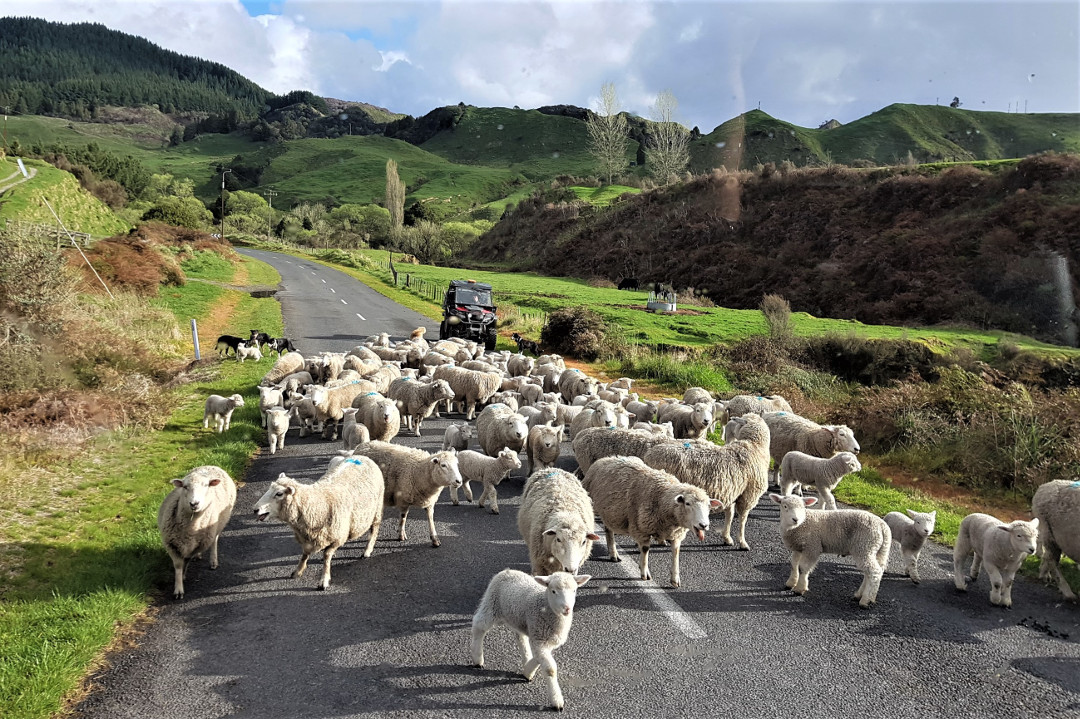
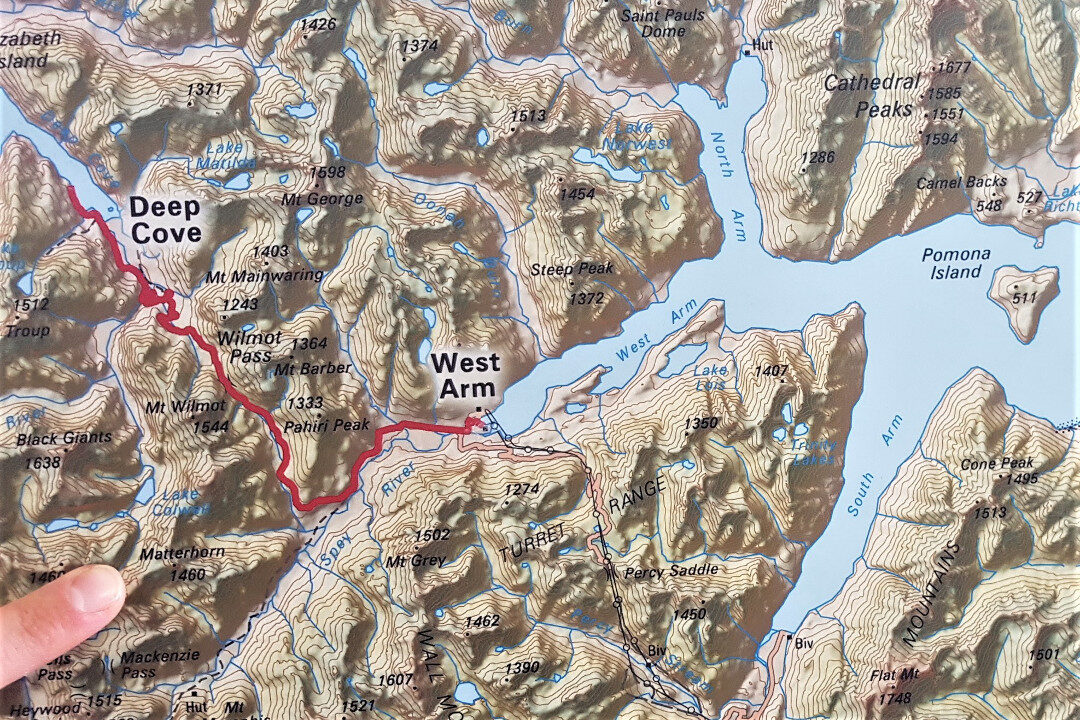


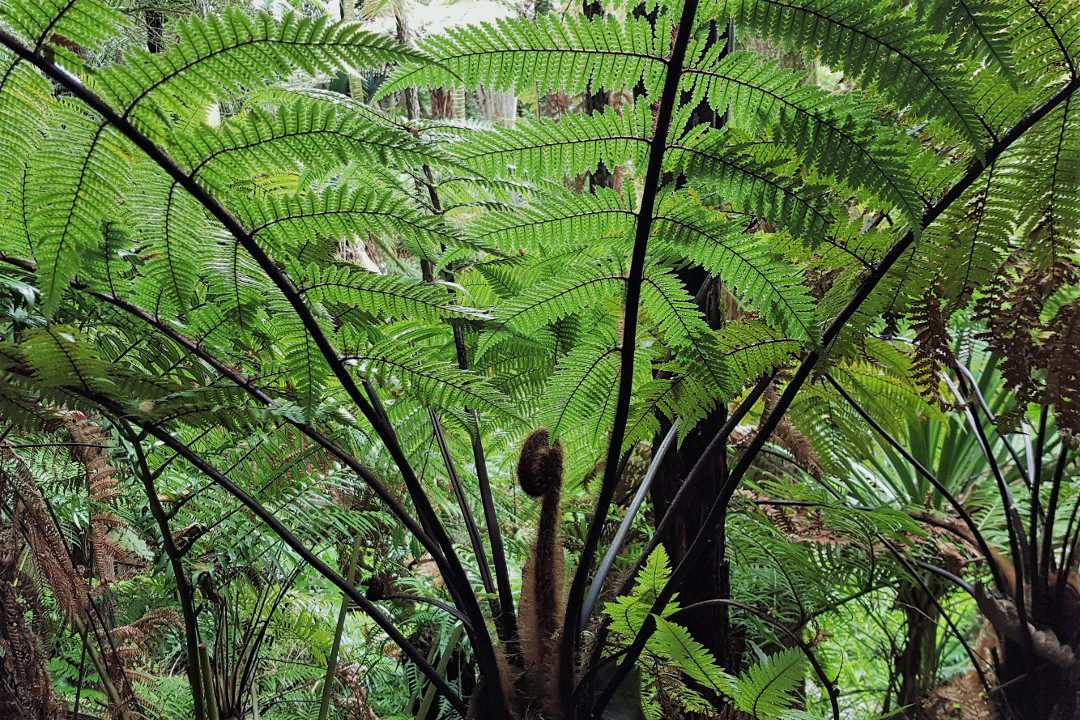
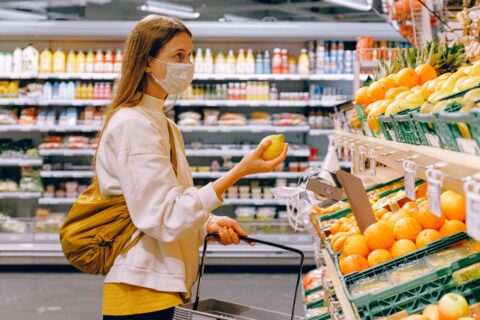
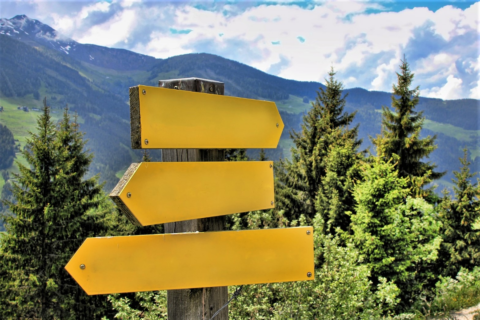

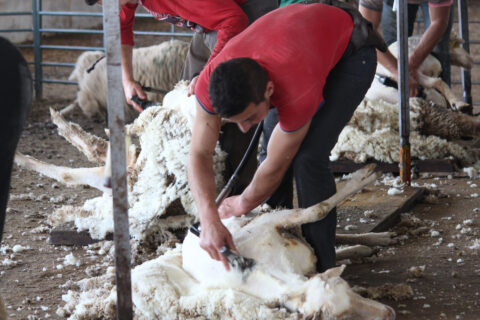
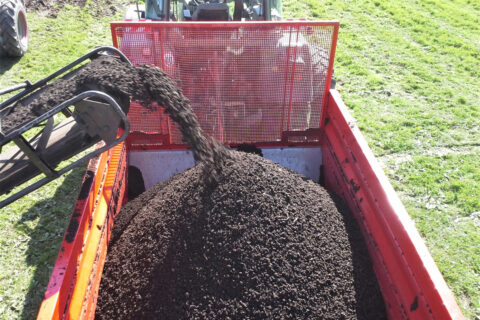
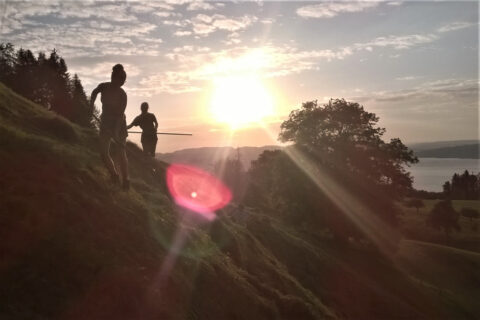
Leave a comment